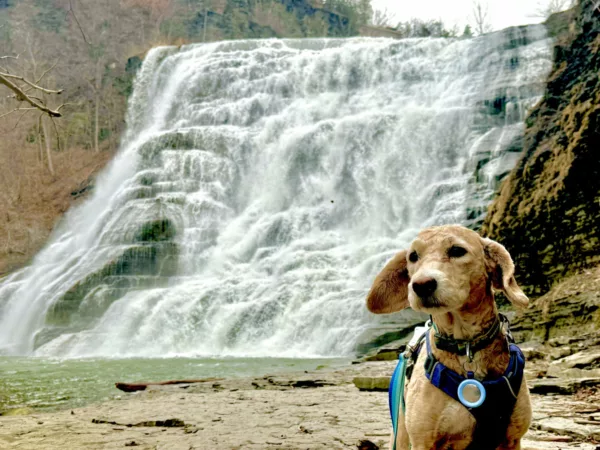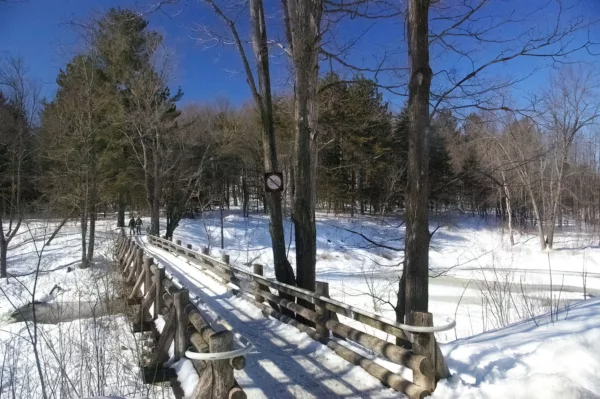The Best Ways to Relax and Recover After an Intense Hike
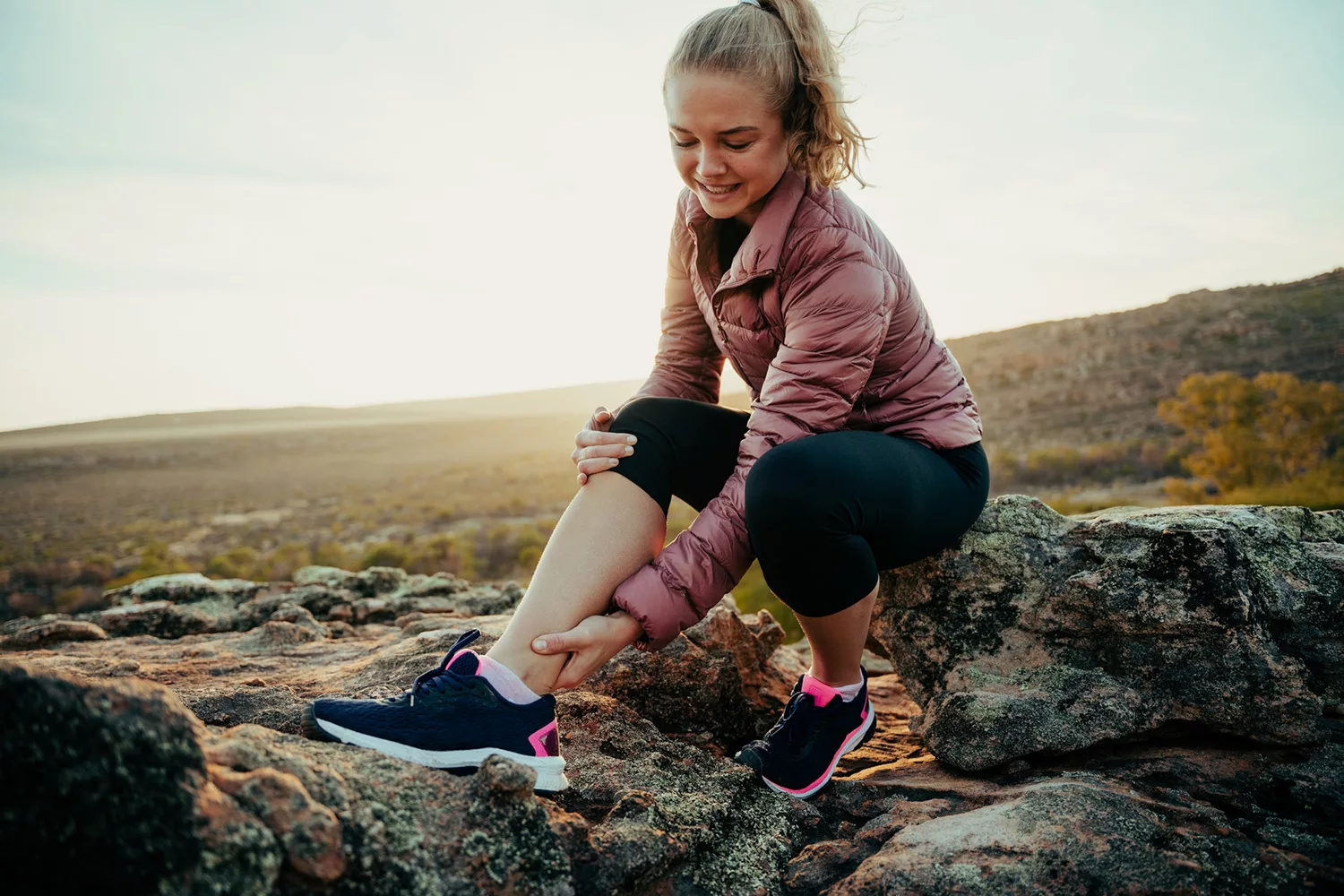
We’ve all felt the pain of sore muscles after an intense hike. Stiff calves, tight hamstrings and tender glutes are just some of the aches you might experience after a day of outdoor adventure. There are a few things you can do before, during and after a hike to keep your body as nimble as possible and avoid prolonging the suffering of sore muscles.

These tips will help you recover quickly and have you back on the trails in no time!
Note: Always consult your doctor if you are injured while hiking. Ask a healthcare professional for individualized tips on recovering from hiking aches and pains.
Before

Begin by choosing the right trail: don’t embark on an advanced trek if you aren’t ready to complete it. Start with easy to moderate trails at the beginning of hiking season and work your way up to more challenging expeditions. Train for hikes by strengthening your muscles, improving your cardio and continuing to exercise throughout the year.
Start hydrating before you arrive at the trailhead. A hearty meal the night before—pasta or chili are my personal favourites—will ensure you have enough complex carbs and nutrients for your body to complete the adventure. Avoid alcohol the night before you hike and don’t hike on an empty stomach—try oatmeal with peanut butter and banana slices or scrambled eggs on toast with an avocado spread for a tasty, healthy pre-hike breakfast.

To reduce the likelihood of soreness, your hiking gear needs to fit you properly. Break in your boots before hitting the trail to avoid blisters and adjust your backpack so it fits comfortably. Make sure the gear you packed isn’t too heavy, wear good quality hiking socks and avoid cotton clothing. Hiking poles can help protect your knees, increase your power and give you better balance on uneven trails. Don’t forget personalized medical devices like knee braces. You can also prepare your body with a muscle rub like the Before Magnesium Massage Bar from Lush.
Warm up before you start your hike with a brisk walk or light jog followed by some dynamic stretches, such as an alternating knee lift, standing quad stretch, runner’s lunge and shoulder rolls.
During

Keep drinking water and fuelling up throughout your hike, even if you don’t feel thirsty or hungry yet. You can grab to-go snacks like protein and energy bars. You could also pack apple slices and peanut butter, berries and yogurt or cheese and crackers. Electrolytes can be added to your water to replenish the ions you lose when you sweat and keep you going on strenuous treks.
Find your rhythm and stick to a pace that feels comfortable and achievable. Don’t push yourself or rush—take breaks and turn around if you’re experiencing pain or feeling unwell. Listen to your body. Pay attention to where you are putting your feet and take your time.
On steep sections, walk up and down along a diagonal path. This will especially help on vertiginous descents when it’s easy to hurt your knees.
After

After you finish your hike, do some stretches before you get in the car. Try a hip flexor stretch, hamstring stretch and quadriceps stretch. Hold each stretch for at least 15 seconds. It will only take you a few minutes to stretch both sides—which is so worth the extra time before sitting down! Remember: you should finish your hikes with stretches, not stretchers.
Eat within 45 minutes of finishing your hike. Fuel up with protein and carbohydrates. For example, consume a high-protein smoothie and toast with nut butter, beef jerky, trail mix with nuts or tuna and crackers.
At home, you can take a hot bath or shower, massage your sore muscles, use a hot or cold compress and get a good night’s sleep.
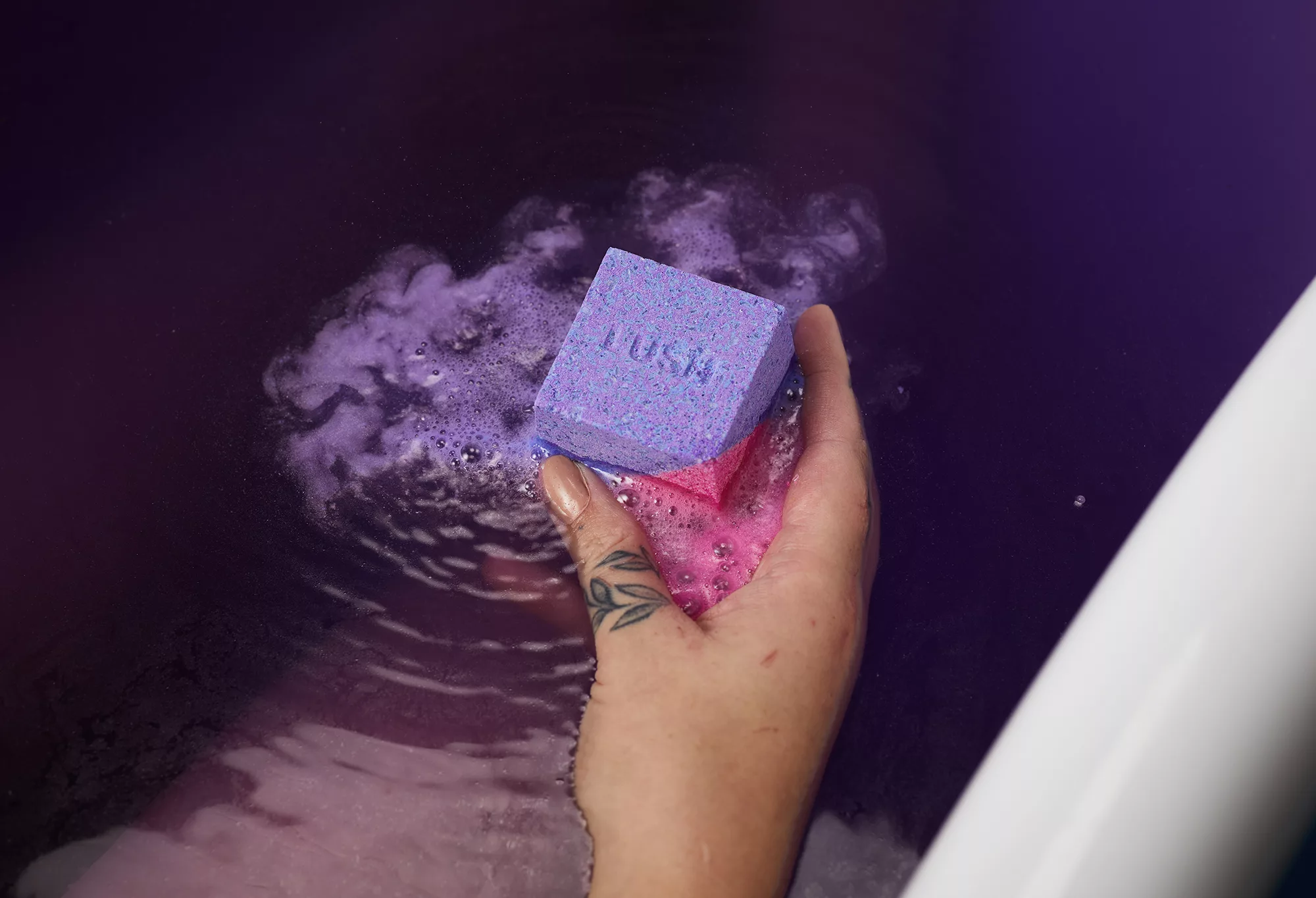
Dissolve a bath bomb into a hot bath for the ultimate relaxation post-hike. Lush makes a Salt Water Soother cube with Epsom salts made from magnesium that will help your sore muscles unwind. You could also try the Deep Sleep cube—with a soothing lavender scent, this will lull you to dreamland after an intense hike.
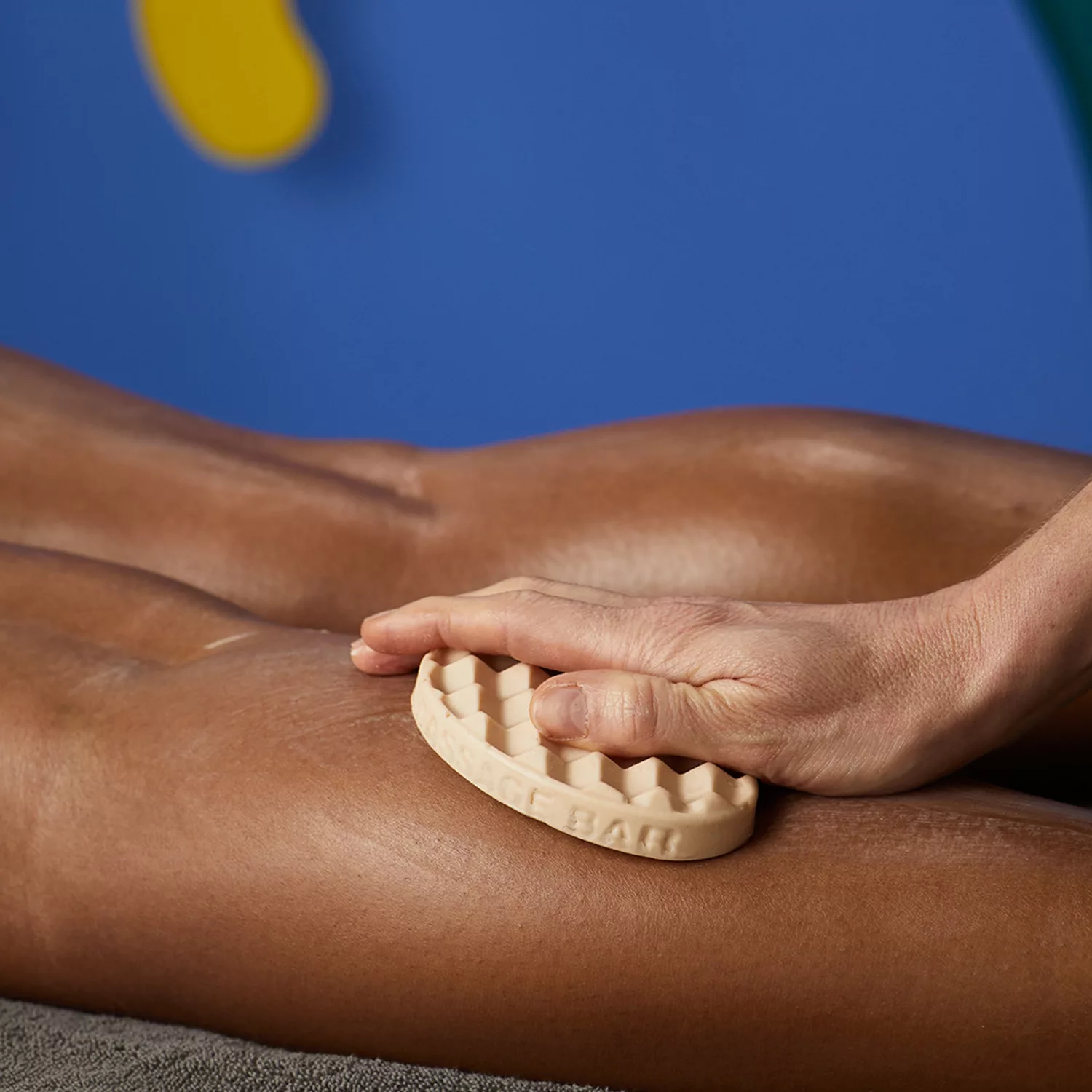
Not only do massages feel great, but they can also help ease post-hike pain. After a good massage, you can recover faster and experience less muscle fatigue. Use the After Magnesium Massage Bar for a relaxing at-home self-massage on your legs, feet, shoulders and anywhere you feel stiff and sore.
Heat treatments, such as heating pads, encourage blood flow and circulation, while cold treatments, such as ice packs, decrease inflammation and reduce swelling. Apply heat for 10-15 minutes to ease back pain, relax aching muscles and loosen stiff joints. Ice packs can be held on sore knees or swollen ankles for 15-20 minutes at a time. You can also alternate between hot and cold therapy.
Static stretching and foam rolling can also help ease sore muscles. Yoga poses like child’s pose, downward dog, butterfly and figure 4 feel great after a hike. You can also try a gentle yoga flow routine the next day.

Even if you’re stiff, go for a short walk and keep moving over the next three to four days. This is called “active recovery”—as my physiotherapist likes to say, motion is lotion!
When in doubt, take your time, rest and don’t push yourself past your limits. Most importantly, have fun hiking!
Check out more hiking tips:
This is How to Pack a Backpack for Overnight Hiking
New to Hiking? Be Prepared for Future Adventures With These Scout-Approved Hiking Trails and Tips
How to stay hydrated and energized naturally while hiking









